Piercing Gun Vs. Needle: Which Is Better & Safer?
Discover the potential benefits and risks associated with each body piercing method.
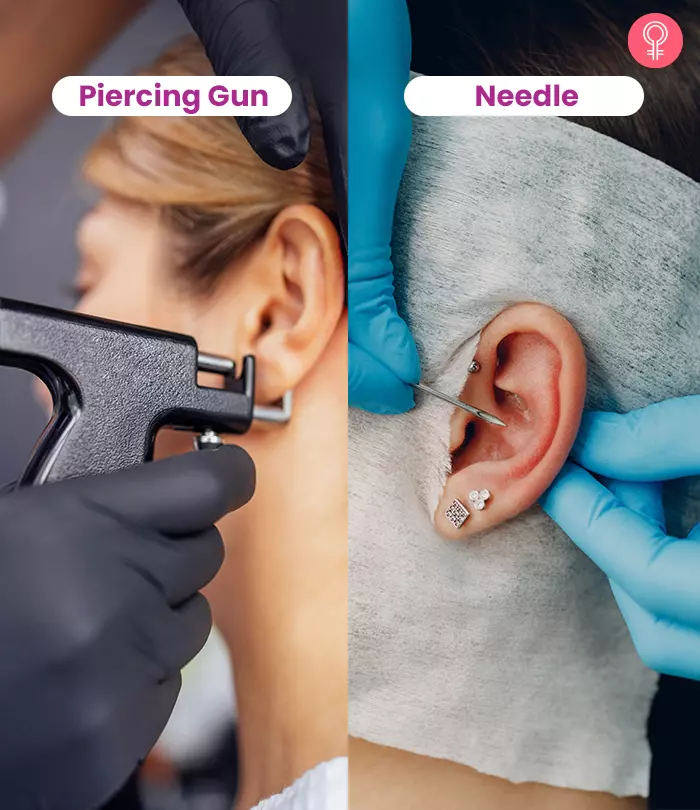
Image: StyleCraze Design Team
Body piercing has become increasingly popular over the years due to the creative outlet it provides for self-expression. However, when it’s about getting one, people often find themselves stuck in the piercing gun vs. needle debate. Both methods are commonly used for earlobe piercings and have their proponents. Piercing guns are convenient, while needles offer precision. But which one is truly better in terms of safety and effectiveness? Don’t worry. We have got you covered. Read this article to understand each procedure in detail and weigh the potential risks against the benefits before you take the plunge. Scroll down to know more.
In This Article
What Are Piercing Guns And How They Work?
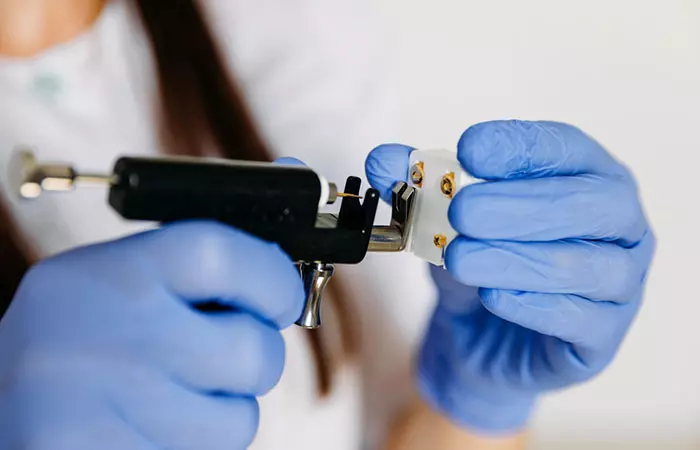
A piercing gun is a plastic device specifically designed to pierce earlobes. It operates on a spring-loaded mechanism that swiftly drives a stud earring through the earlobe, creating a clean hole and inserting the earring simultaneously. Piercing guns are used by professionals mostly for lobe piercings due to their speed, widespread availability, and relative affordability. Despite these benefits and its widespread use, there are certain limitations with piercing guns. They come in one size, and therefore, may not be suitable for everyone and cater to specific needs. Additionally, they are not suggested for cartilage piercings like conch, tragus, helix, and rook, as they may cause trauma to the cartilage. Further, those handling the gun typically undergo only a few weeks of training, which may increase the possibility of accidents and other complications.
 Did you know?
Did you know?Apart from the piercing gun, many piercers use needles to create different types of piercings today. Find out more about them in the section below.
Key Takeaways
- Piercing guns use a spring-loaded mechanism to insert the jewelry through the intended area, whereas many piercers use sterilized, disposable needles to create the piercing.
- Some may prefer sterilized guns due to the quick and easy process. However, they may increase the risk of infection and trauma.
- Needles may be the preferred choice for piecing due to the reduced risk of infection and trauma.
- Irrespective of the method you choose, it is important to follow the right aftercare practices to prevent infection risk.
What Are Piercing Needles And How They Work?
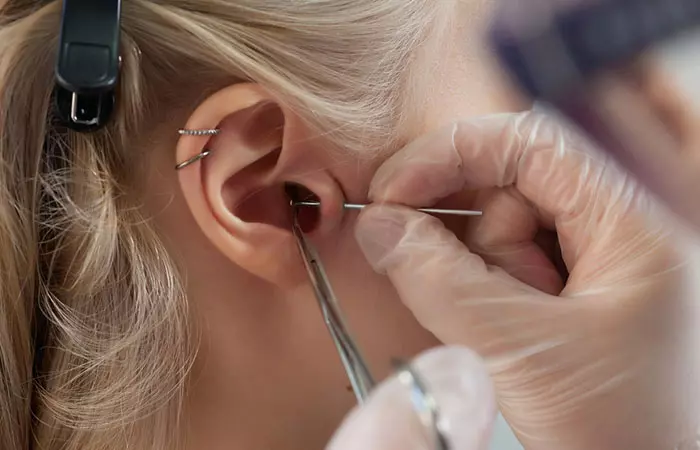
Most professional body piercers use piercing needles for various body piercings today. It involves using a hollow, sterilized needle to gently puncture the skin. Then, a piece of piercing jewelry is inserted into the hole to complete the piercing process. This method requires more skill and training where the piercer learns extensively about the ear anatomy, placement, and correct technique to reduce the risk of trauma and scarring.
Reputable professional studios adhere to strict hygiene practices and use sterile disposable needles for each new piercing to ensure a safe and comfortable experience for each client. The needle piercing method is used for different types of body piercings, such as the earlobe, ear cartilage, nose, oral, belly button, and genitalia piercings.
Sarah, a dietitian and blogger, shares her experience of getting her third lobe piercing with a needle in her blog. She writes, “As you don’t even see the needle, I was told to take a deep breath, which I did and it was done. The actual piercing was not painful at all and I remember a little discomfort when the jewellery was put on. From my memory it was less painful than the gun lobe piercings I had before. The needle likely being smaller. My jewellery was in and then I was done (i)!”
 Did you know?
Did you know?Both methods come with their own set of pros and cons. Before you finalize your decision, check out the next section to find out what they are.
Pros & Cons Of Piercing Guns And Needles
Choosing between a piercing gun and a needle can be tricky and requires careful consideration. Therefore, understanding the benefits and risks involved with each method will help you make a safe and informed decision before getting pierced.
Pros Of Piercing Guns
Piercing guns are popular and for good reason. Here are the following benefits of using them:
- Quick Process – The spring-loaded mechanism allows the earring to be inserted in a few seconds, making the piercing procedure fast and a popular choice among many.
- Accessibility – Piercing guns are widely available at pharmacies, malls, and department stores, making them accessible to a larger population.
- Convenience – Getting your ears pierced with a gun is convenient since they are easy to find and provide quick, walk-in service.
- Affordability – They are more budget-friendly compared to going to a professional piercer with needles. The price may range anywhere between $20-$50 in some places.
When it comes to piercing guns, age is an important factor, as they may cause less emotional trauma in younger individuals. For instance, they are considered safe for children due to their one-second process, especially if used by a skilled piercer.
Despite all these benefits, piercing guns are not recommended and used by professional piercers in their piercing studios for multiple reasons. Find out what they are below.
Cons Of Piercing Guns
Piercing guns come with a host of cons that make them an unpopular option among reputable piercers. Some of them include (1):
- Tissue Trauma – The blunt force trauma of the gun piercing can cause bruising, swelling, soreness, and damage to the ear and may require more healing as compared to a needle.
- Infection Risk – Piercing guns cannot be properly sterilized after every use. As a result, they may harbor blood and bodily fluids from multiple clients. This increases the chance of transferring bacteria and blood-borne infections.
- Uneven Piercings – The placement and angle are harder to control with a gun, resulting in crooked or uneven piercings.
- One Standard Size – They only come in a standard gauge size, limiting jewelry options.
- Poor Training – Mall kiosks and other shops may have amateur piercers with little to no training performing these piercings with guns. They may not have the appropriate information on aftercare products as well.
The lack of proper training and increased infection risk can make piercing guns an unsafe choice for piercings. But before you double down on your choice, it is better to look at the pros and cons of piercing needles in the section below.
Pros Of Piercing Needles
Piercing needles are commonly used by professional piercers for the following reasons:
- Single-Use – Reputable piercers use sterile, disposable needles for each new piercing, minimizing infection risk.
- Proper Healing – The needle creates clean entry and exit wounds without tearing or bruising the skin like a piercing gun. This ensures proper and safe healing.
- Adequate Training – Professional piercers receive extensive training on proper technique, anatomy, and safety protocols to ensure a safe experience for each client.
- Less Painful – The needle’s sharp precision typically causes less pain and discomfort than the blunt force of a gun.
- Less Bacteria Exposure – Pre-sanitized and disposable needles reduce the risk of transferring blood and bodily fluids to the piercing site.
All these benefits make piercing needles popular among professional piercers. However, they have certain disadvantages. Find out what they are below.
Cons Of Piercing Needles
Using piercing needles comes with the following set of cons:
- Long Process – Piercing with a needle requires patience, skill, and precision. This may make the process longer as compared to the speed of a piercing gun. Further, you need to insert the jewelry after the initial piercing process, which may add to the pain and trauma.
- More Expensive – Going to a professional piercer may cost more as they may include the jewelry and other additional costs in the overall budget as compared to getting it pierced quickly with a gun.
If you are still unsure about which method to choose after going through the list of pros and cons for each method, fret not. We have got you covered. Check out the next section to help you overcome this dilemma.
How To Choose The Right Piercing Method

Start by researching piercing studios in your or near your area. Go through their work on social media and visit their studios to ensure they follow proper hygiene protocols. Once you have finalized your piercer, talk to them about your piercing, and the body part you want it on. They will assess your anatomy and suggest a piercing method that will minimize the risk of tissue damage.
Piercing guns can cause additional blunt-force trauma. While all equipment that comes into contact with the skin during its use is sterile and single-use, the gun itself may not be fully sterilized sometimes. This increases the chances of infection. That is why many professional body piercers recommend using only sterile disposable needles and quality piercing studs or instruments based on your desired piercing type to support proper healing. However, it boils down to your personal preference and budget. Also, it is important to note that proper aftercare is crucial for your piercing’s healing regardless of the method chosen. This includes regular cleaning with saline solution, avoiding unnecessary touching, and adhering to your piercer’s advice. These simple practices will ensure there is no infection, irritation, or piercing rejection.
Infographic: Pros And Cons Of Piercing Guns And Needles
From mall kiosks to professional studios, the world of body piercing offers two distinctly different methods. Whether you are a first-timer, or expanding on your collection, knowing about the pros and cons of these methods will ensure you get optimal results. The infographic below gives you a comparison between piercing guns and needles to provide you with information prior to making a decision. Check it out!
Illustration: StyleCraze Design Team
Choosing a piercing method is important to ensure safety and precision during the piecing process. While both gun piercing and needle piercing have their merits, needles have an edge over guns due to the precision they offer and the lower risk of complications. Needles are easier to maneuver compared to piercing guns. While they can be a bit costly and the process may take longer than usual to finish, you may go for it if you prioritize safety over convenience. However, be sure to choose an experienced piercing professional who follows strict hygiene protocols to avoid the risk of skin damage and infections. We hope this article has helped settle the piercing gun vs. needle debate and helped you make an informed decision.
Frequently Asked Questions
What hurts more, a needle or gun piercing for the ear?
A piercing gun is designed to push the earring through the ear lobe, which causes blunt-force trauma and pain. On the other hand, a skilled piercer quickly pierces the intended area with the needle, making it less uncomfortable. However, it is important to note that the jewelry is inserted separately in case of needle piercings. So, the process might take more time.
Do piercing needles take out skin?
No. Piercing needles do not take out skin but are designed to create a clean hole in the skin for the insertion of jewelry. In contrast, piercing guns may cause significant tissue damage and result in scarring and additional swelling (1).
Do needle piercings bleed more?
No. There is no clear consensus on whether needle piercings bleed more than those done with piercing guns. However, it is important to remember that both processes require puncturing the skin, which may cause some bleeding based on individual factors such as skin type, location of the piercing, and the skill of the piercer.
Understanding the fundamental differences between a piercing gun and a needle is important for making an informed decision. Check out this video to gain insight into the pros and cons of each method.
Personal Experience: Source
StyleCraze's articles are interwoven with authentic personal narratives that provide depth and resonance to our content. Below are the sources of the personal accounts referenced in this article.
(i) Kid’s Ear Pierced with a Needle or Gun?https://runjumpscrap.com/2020/07/childrens-ear-piercing-with-a-needle-our-experience/
References
Articles on StyleCraze are backed by verified information from peer-reviewed and academic research papers, reputed organizations, research institutions, and medical associations to ensure accuracy and relevance. Read our editorial policy to learn more.
- Issues With Piercing Guns
https://safepiercing.org/piercing-guns/
Read full bio of Eve Phillips
Read full bio of Gracia Odile
Read full bio of Eshna Das
Read full bio of Shreya Mukherjee






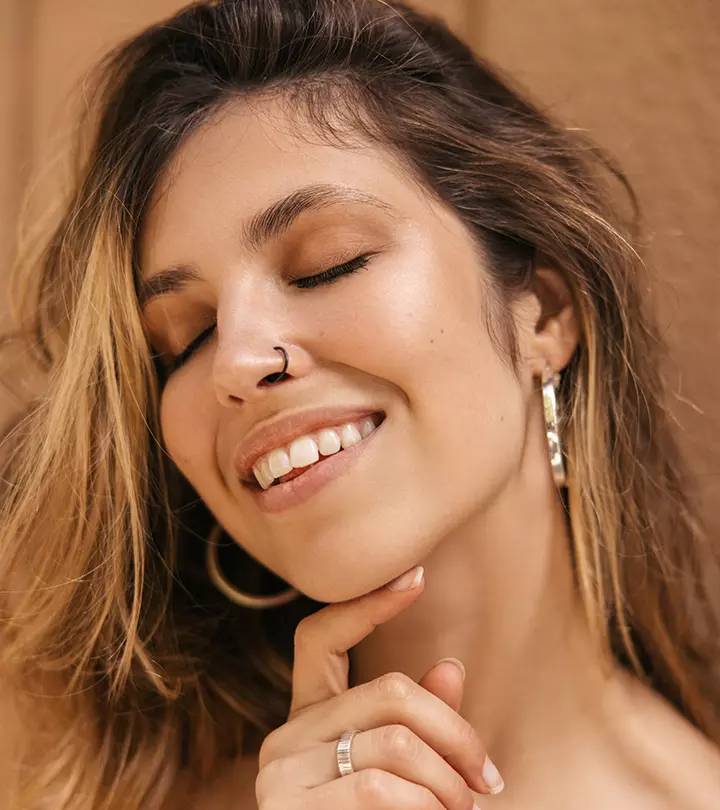
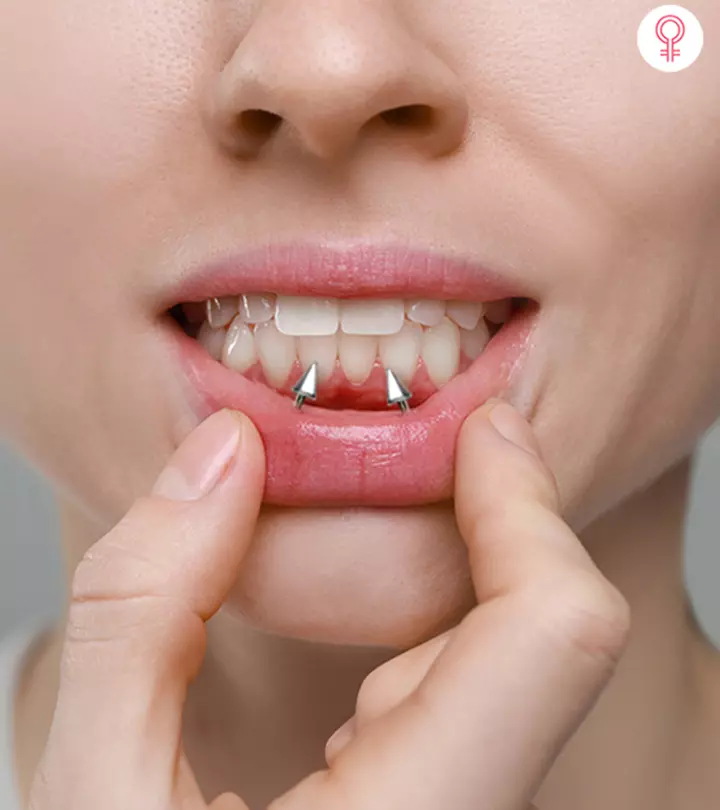
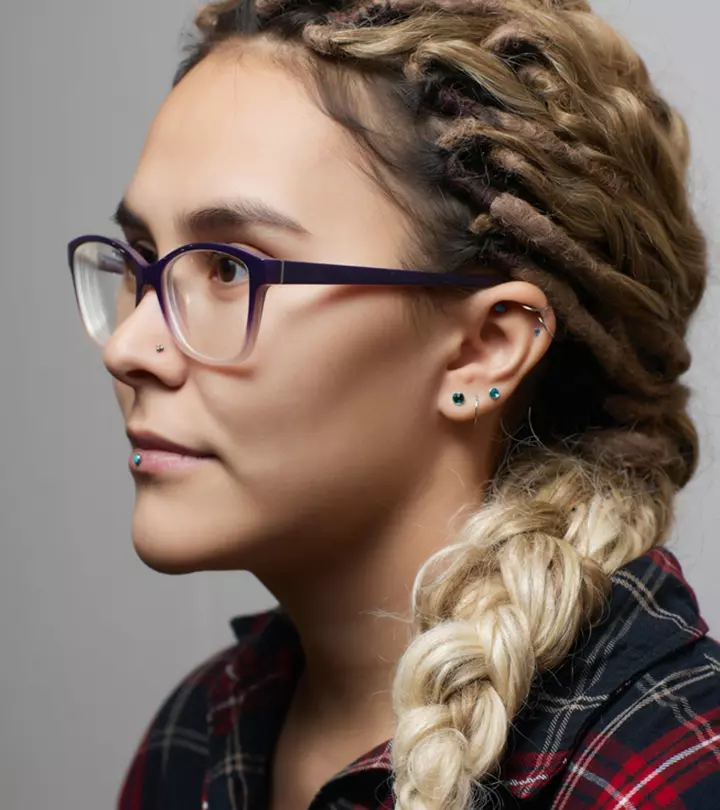
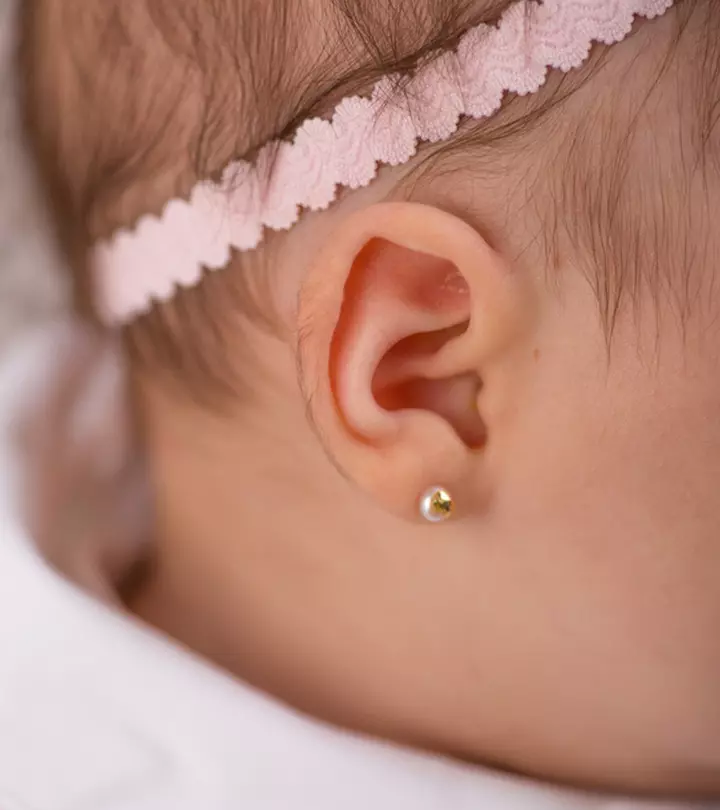
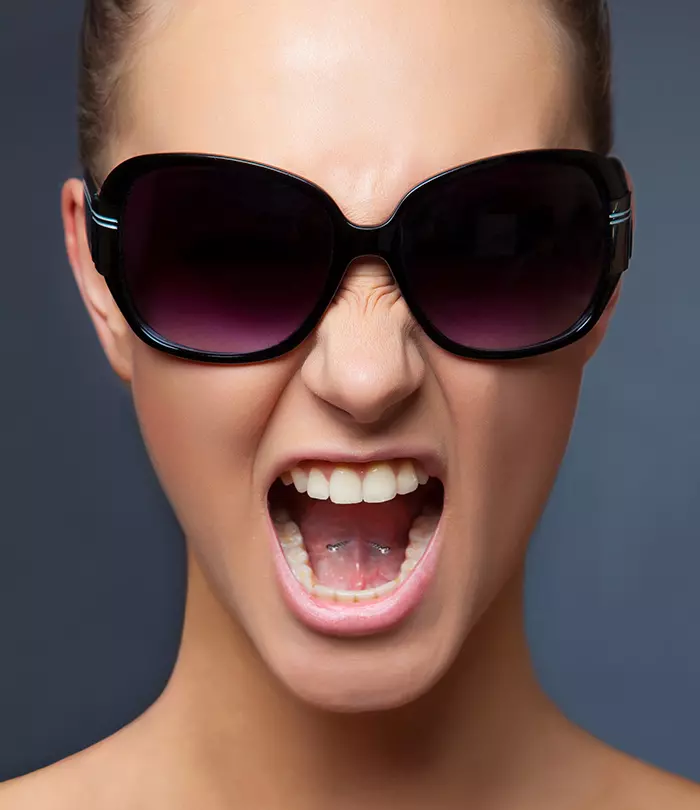


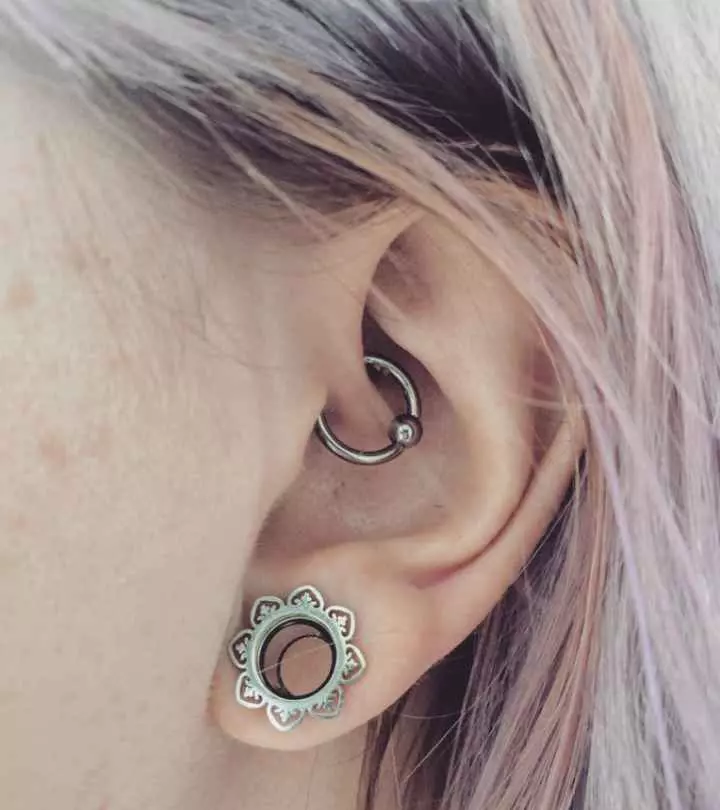
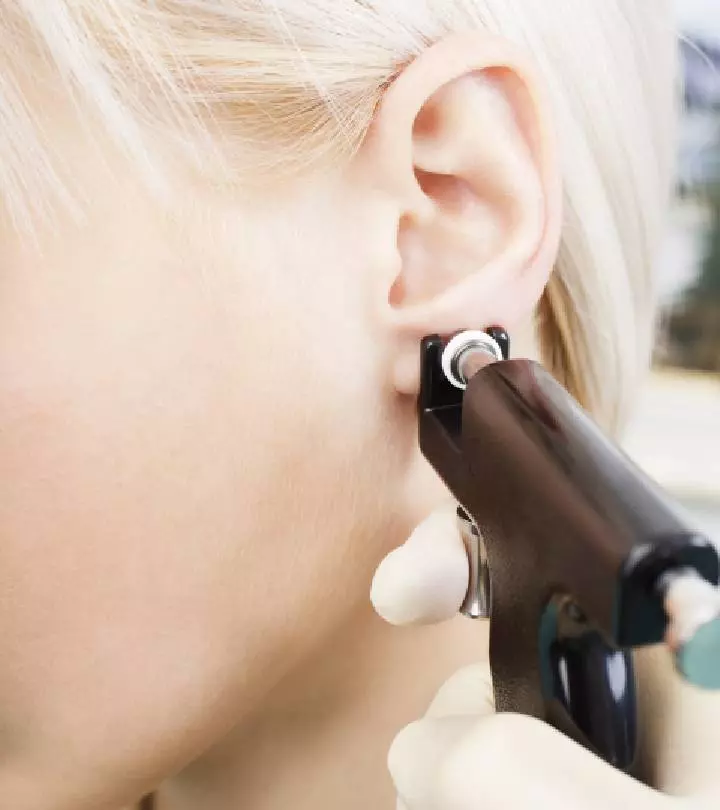
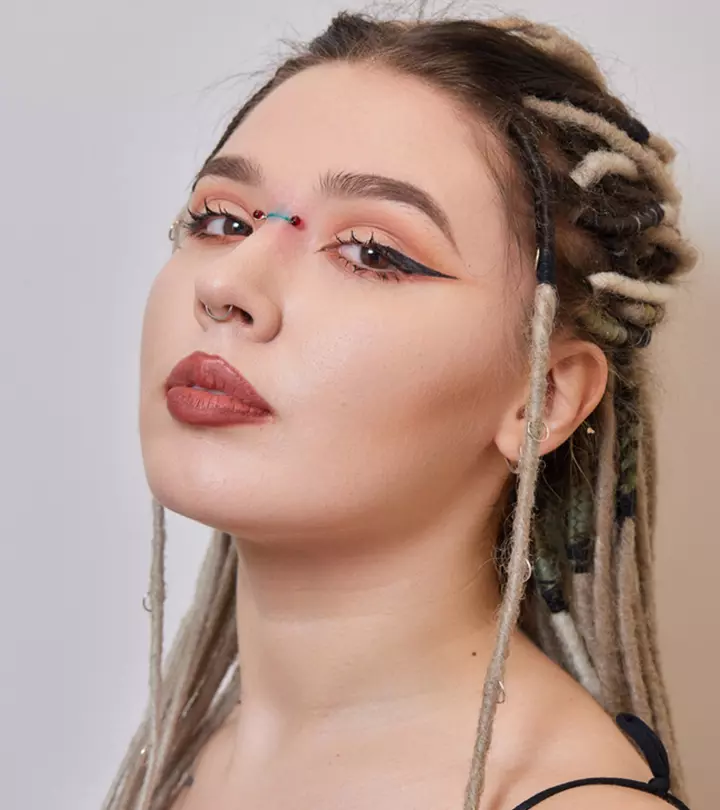
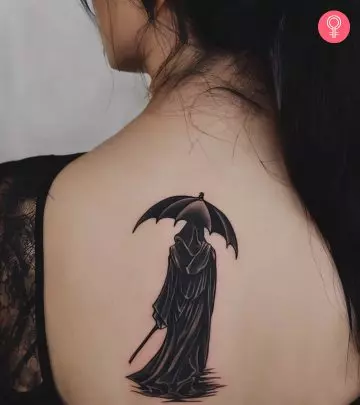

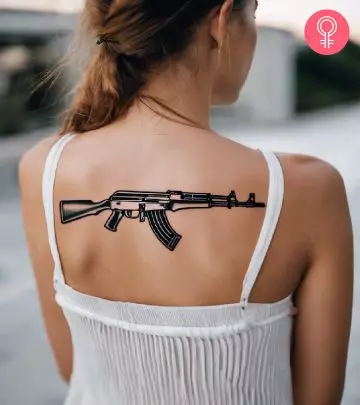

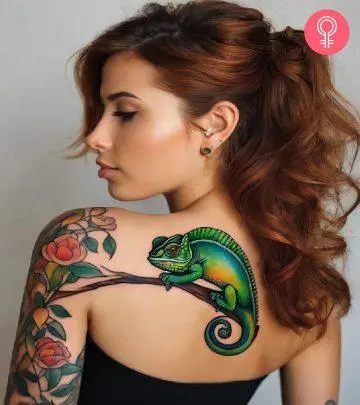
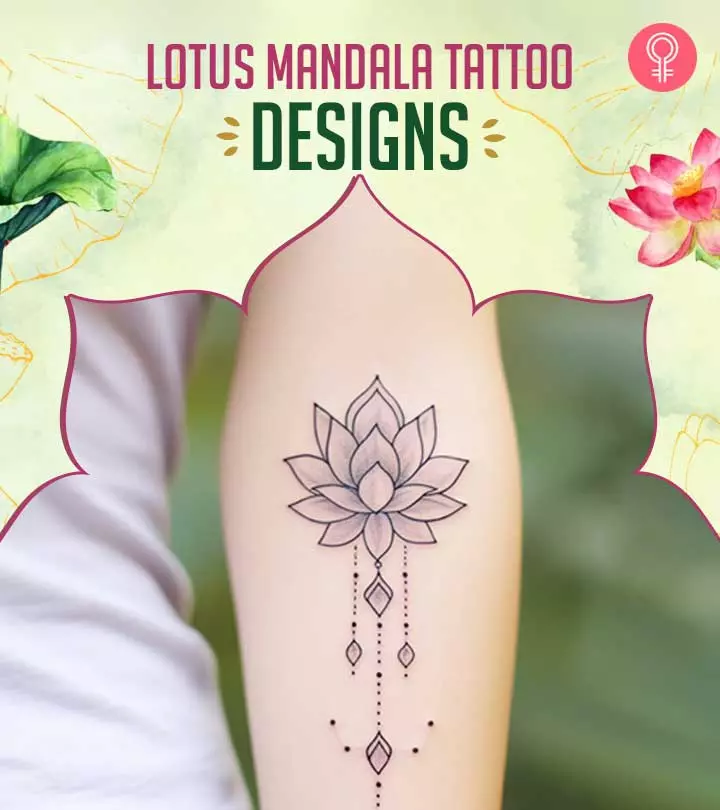
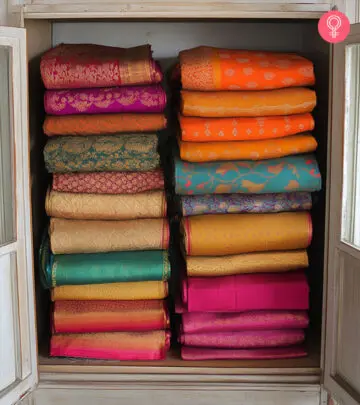
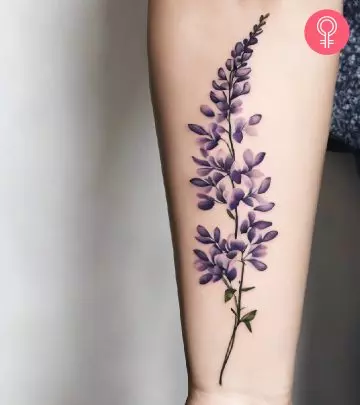
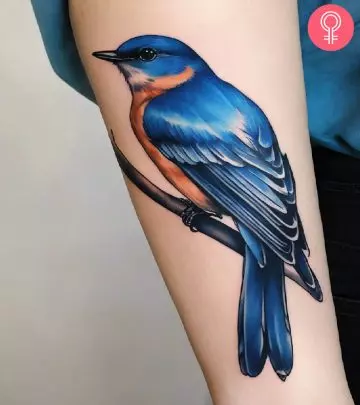
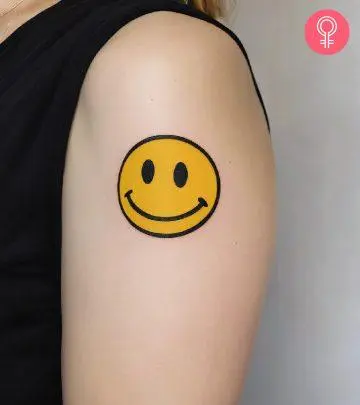
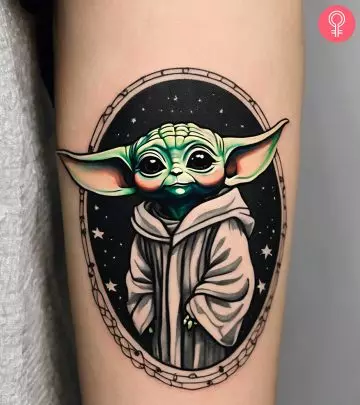
Community Experiences
Join the conversation and become a part of our empowering community! Share your stories, experiences, and insights to connect with other beauty, lifestyle, and health enthusiasts.